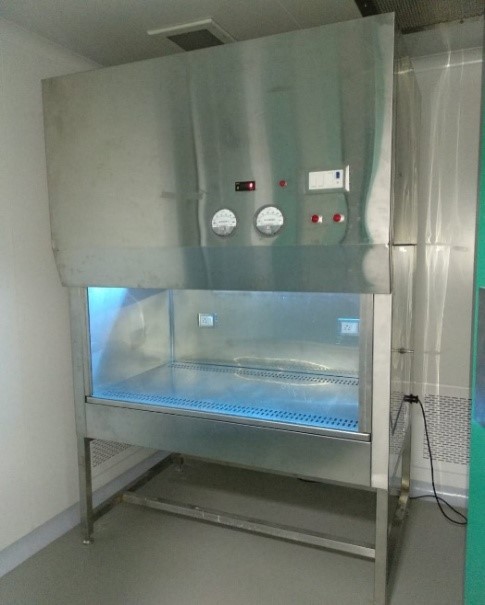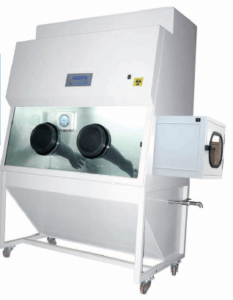BIO-SAFETY CABINETS
Bio safety cabinets, also known as biological safety cabinets, Microbiological laboratories are dealing with disease-producing micro-organisms require ensuring that the personnel working in them, or the people passing near them, are not infected. These laboratory workspace areas designed to protect the user and surrounding environment from pathogens. The air circulated and discharged to the outside in this bio safety cabinet is filtered with Hepa filters. Biosafety cabinets are only used for certain risk group organisms and for processes that might result in aerosol formation.

Classification of Bio-safety cabinets
CLASS- I
Class I biosafety cabinets provides protection to the surrounding environment and personnel working in the work space, But it doesn’t provide protection to the sample being manipulated as the unsterile room air enters to work space
CLASS-II
Class II biosafety cabinets provide protection to both sample and personnel working in the work space. Work space is protected with HEPA filtered sterile air where the biological product handled
Class II BSCs are further divided into four types depending on the exhaust system and the mechanism of work (recirculation of the exhaust air); Type A1, Type A2, Type B1, and Type B2.
Type A1/A2 – Re-circulated air back into the laboratory. A1 & A2 are similar but differentiated by the minimum average inflow velocity (FPM). A1 cabinets have minimum average inflow velocity of 75 FPM; Where A2 cabinets have minimum average inflow velocity of 100 FPM above the work station.
Type B1/B2 – B1-Re-circulates a percentage of air into laboratory. B2 cabinets are entirely hard ducted to atmosphere.

CLASS-III
Class lll cabinets are also known as glove boxes, provides maximum protection the enclosure is gas-tight, and where all air that either enters or leaves through the facility pass through a HEPA filter. The cabinets are provided with rubber gloves that are attached to the system to avoid the hand moment of operator in the cabinet and prevent direct contact between operator and sample the exhaust air is treated with double HEPA filters or HEPA filters in combination with incineration.
